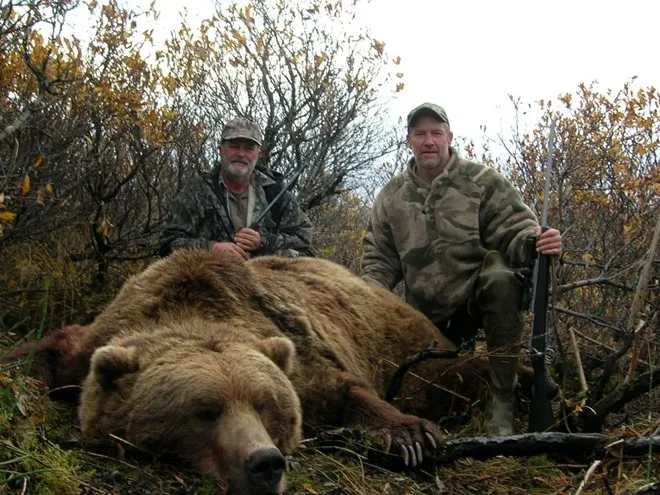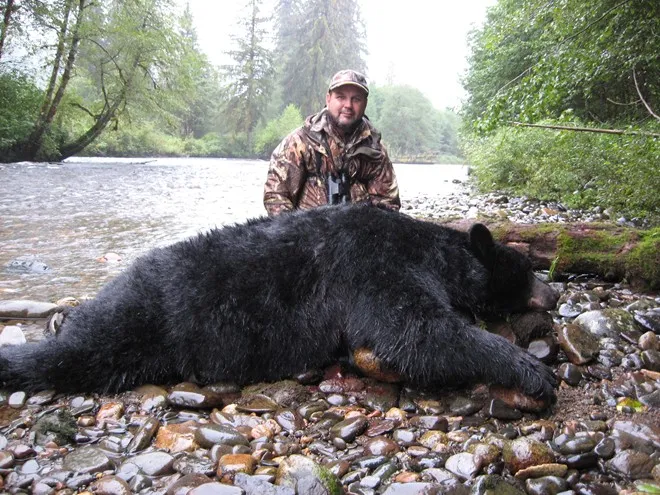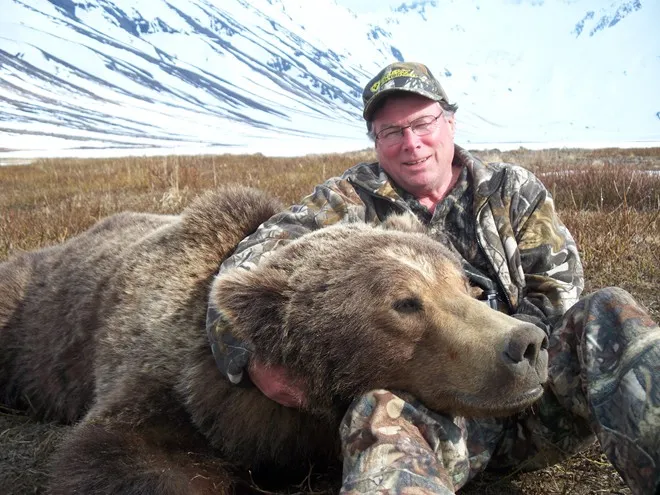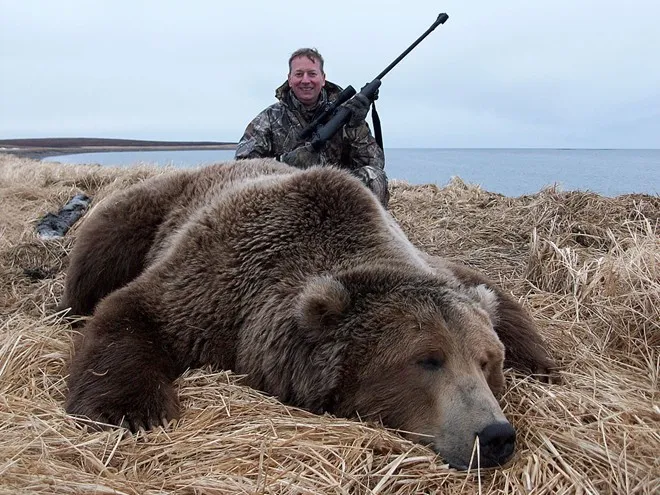Alaska, a vast and magnificent wilderness, has long been renowned as a paradise for hunting enthusiasts. With its diverse and abundant ecosystems, Alaska offers opportunities to hunt prized wildlife species such as massive brown bears, moose, caribou, and Dall sheep. However, to experience hunting in Alaska legally and sustainably, it is crucial to understand the designated hunting areas and comply with the law. This article will guide you through the legal hunting areas in Alaska, providing detailed information for a safe, successful, and nature-respectful hunting trip.
Overview of Legal Hunting in Alaska
Hunting is not only a popular recreational activity in Alaska but also plays a vital role in wildlife management and maintaining ecological balance. The Alaskan government rigorously manages hunting activities through a system of permits, regulations on seasons, areas, and huntable species. The goal is to ensure that hunting is sustainable, without negatively impacting wildlife populations and the natural environment.
Alaska is divided into numerous Wildlife Management Areas (WMAs), each with specific hunting regulations. Additionally, other public lands such as national forests and national preserves (outside of no-hunting zones in national parks) may also be open to hunting according to regulations. It is essential for hunters to always check and comply with the specific regulations of each area before engaging in hunting activities.
Major Hunting Areas in Alaska
Alaska boasts countless excellent hunting locations, from dense forests to majestic mountains and icy tundra. Below are some of the most famous and legally permitted hunting areas in Alaska:
Chugach National Forest
Chugach National Forest, located in south-central Alaska, is one of the most accessible and popular hunting areas. Spanning over 5 million acres, Chugach provides ideal habitat for many huntable species such as brown bears, black bears, mountain goats, Dall sheep, and moose. Chugach’s diverse terrain, from coastline to high mountains, offers varied hunting opportunities. However, hunters should note that some areas within the national forest may have special regulations or hunting restrictions, so checking information before the trip is essential.

Denali National Preserve
Denali National Preserve, adjacent to the famous Denali National Park, is another attractive option for hunters. While hunting is prohibited in Denali National Park, Denali National Preserve allows this activity under regulation. This preserve is home to large populations of brown bears, moose, caribou, and Dall sheep. Denali’s terrain is pristine and challenging, requiring hunters to be well-prepared in terms of physical fitness and survival skills. However, the stunning scenery and opportunities to hunt big game in Denali are sure to provide an unforgettable experience.
Arctic Wilderness Area
For hunters who prefer adventure and want to explore remote lands, the Arctic Wilderness Area is a must-visit destination. This area includes the Arctic National Wildlife Refuge and surrounding lands. It is famous for the massive Porcupine caribou herd, along with polar bears, grizzly bears, wolves, and migratory birds. Hunting in the Arctic Wilderness Area requires careful preparation in terms of equipment, navigation skills, and adaptability to harsh weather conditions. However, the reward for these efforts is the opportunity to experience hunting in one of the last remaining wildernesses on Earth.

Wildlife Management Areas (WMAs)
Alaska is divided into many WMAs, each managed to conserve and develop wildlife populations while providing hunting and recreational opportunities for the public. Some popular WMAs known for hunting activities include:
- WMA Region 1 (Southeast Alaska): Famous for hunting black bears, mountain goats, and Sitka black-tailed deer.
- WMA Regions 7 & 15 (Anchorage & Kenai Peninsula Area): Offers opportunities to hunt brown bears, black bears, moose, and Dall sheep near population centers.
- WMA Regions 20 & 25 (Interior Alaska): Vast and pristine, ideal for hunting caribou, moose, bears, and wolves.
Each WMA has specific hunting regulations, including seasons, quotas, closed areas, and permit requirements. Hunters need to thoroughly research the WMA they plan to visit before starting their trip.
Hunting Regulations and Permits in Alaska
To hunt legally in Alaska, hunters must comply with strict regulations and possess valid permits. Here is some basic information about hunting regulations and permits:
Hunting Licenses
Anyone aged 16 or older needs a valid hunting license to hunt wildlife in Alaska. Licenses can be purchased online, at sporting goods stores, or offices of the Alaska Department of Fish and Game (ADF&G). In addition to a general hunting license, hunters may need additional permits or tags depending on the species and hunting area.
Tags and Stamps
For some big game species such as bears, moose, caribou, and Dall sheep, hunters need to obtain tags or stamps in addition to their hunting license. These tags and stamps limit the number of animals a hunter is allowed to harvest and are often issued by quota. Obtaining tags and stamps may require participating in a lottery or pre-registration.
Hunting Seasons
Each animal species and hunting area has specific hunting seasons. Hunting seasons are established to protect animal populations during breeding periods and ensure sustainable hunting. Hunters need to be familiar with the season dates for the species they intend to hunt and the area they plan to visit to avoid violating the law.

Hunting Safety and Ethics
Safety is always the top priority in hunting. Hunters must adhere to safety rules regarding firearm use, movement in challenging terrain, and encounters with wildlife. Hunting ethics are also crucial, including respecting animals, the natural environment, and the rights of others. Responsible and sustainable hunting is key to preserving Alaska’s valuable natural resources for future generations.
Tips for Hunters in Alaska
For a successful and memorable hunting trip in Alaska, keep the following tips in mind:
Prepare and Equip Thoroughly
Alaska is a wilderness, and weather conditions can be harsh and change rapidly. Hunters need to prepare appropriate equipment, including warm clothing, hiking boots, camping gear, navigation tools, first-aid kits, and food supplies. Firearms and ammunition should also be checked and carefully maintained before the trip.
Hire a Hunting Guide
For those inexperienced in hunting in Alaska or unfamiliar with the terrain, hiring a professional hunting guide is a wise choice. Guides have extensive knowledge of the hunting area, animal behavior, and legal regulations. They can help hunters increase their chances of success, ensure safety, and comply with the law.

Respect Nature and Regulations
Alaska is renowned for its pristine beauty and biodiversity. Hunters need to be environmentally conscious, avoid littering, prevent pollution, and avoid harming the ecosystem. Strict adherence to hunting regulations, permits, seasons, and permitted areas demonstrates respect for the law and contributes to the conservation of Alaska’s nature.
Conclusion
Hunting in Alaska is a unique and exciting experience, offering the opportunity to explore the wilderness and challenge oneself. By understanding legal hunting areas, complying with the law, and preparing thoroughly, you can enjoy a safe, successful hunting trip and contribute to the conservation of Alaska’s valuable natural resources. Remember that hunting is not just a recreational activity but also a responsibility to protect the environment and wildlife for future generations.